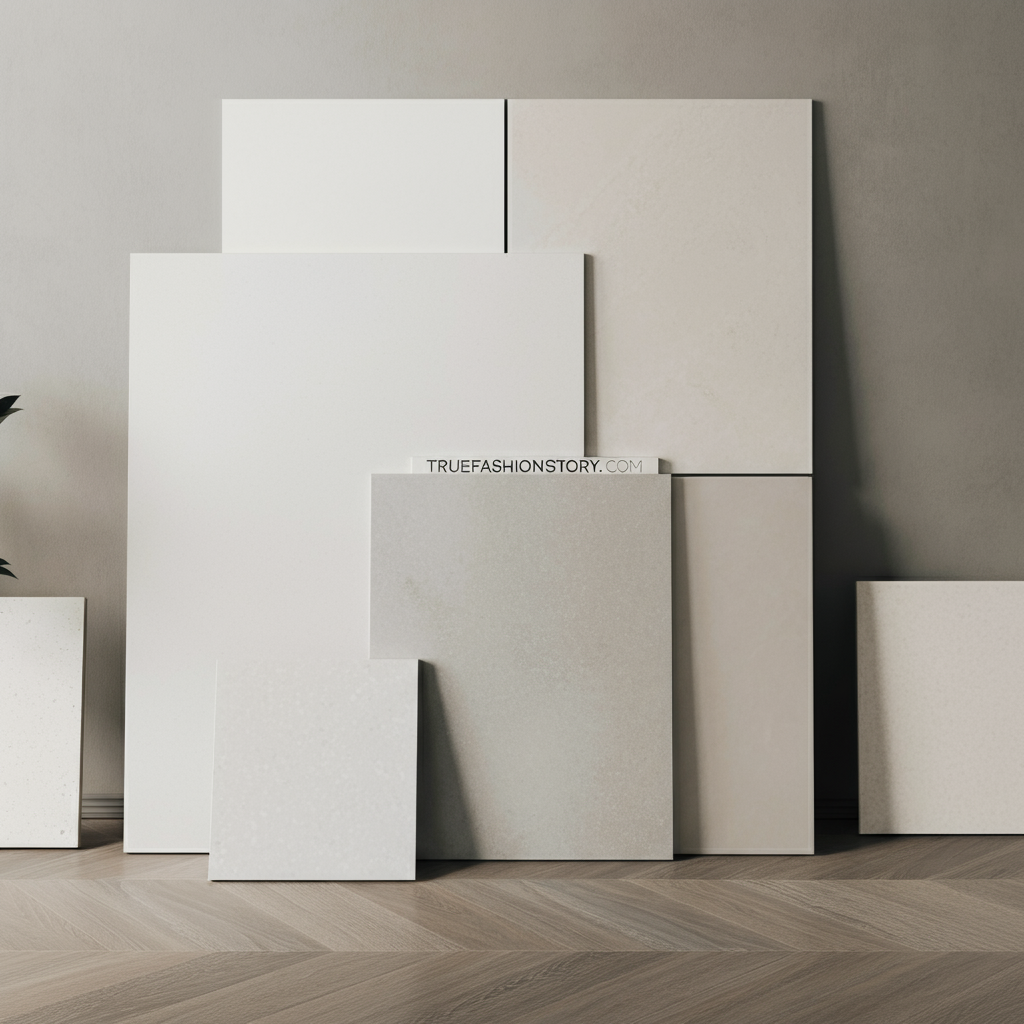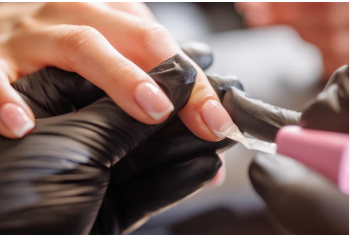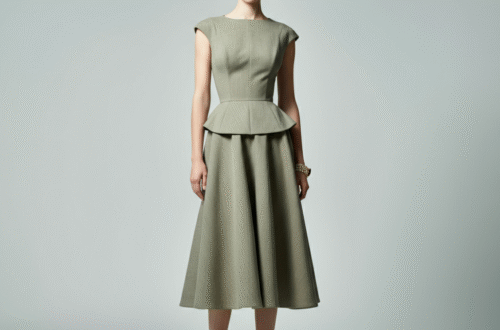Have you ever walked into a room and been immediately captivated by the floor or walls? The right tile can transform a space from ordinary to extraordinary. It sets the tone, adds character, and provides a durable foundation for your life. If you’re exploring options for your next home project, you may have come across the name sodiceram. This guide will walk you through everything you need to know about this remarkable brand, from its origins and unique qualities to how it can elevate your home’s design.
At its core, sodiceram represents a blend of tradition and modern innovation in the world of ceramic and porcelain tiles. It’s more than just a surface covering; it’s a design element that brings texture, color, and lasting beauty into your living spaces. Whether you’re planning a full-scale renovation or a simple bathroom update, understanding what makes sodiceram a preferred choice for homeowners and designers can help you make a confident and stylish decision.
Key Takeaways
- Sodiceram is a well-regarded manufacturer of high-quality ceramic and porcelain tiles known for their durability and aesthetic appeal.
- The product range includes options for floors, walls, and outdoor spaces, offering versatile design solutions for any room.
- Porcelain stoneware from sodiceram provides exceptional strength, making it ideal for high-traffic areas.
- Proper installation and a simple maintenance routine are key to ensuring the longevity and beauty of your tiles.
- Choosing sodiceram means investing in a material that combines timeless style with practical, everyday performance.
What Exactly is Sodiceram?
When you hear the term sodiceram, you’re hearing about a specific brand in the vast world of tile manufacturing. Originating from Tunisia, a country with a rich history in ceramics, sodiceram has built a global reputation for producing high-quality ceramic and porcelain stoneware tiles. The company merges artistic heritage with advanced industrial processes to create products that are both beautiful and incredibly resilient. They offer a diverse catalog that caters to various tastes, from classic and rustic to sleek and contemporary.
Think of sodiceram not as a generic type of tile, but as a stamp of quality. Their focus is on creating materials that stand the test of time, resisting wear and tear while maintaining their visual appeal for years. This commitment has made them a go-to source for architects, interior designers, and discerning homeowners who want a reliable and elegant solution for their surfaces. The brand is particularly known for its expertise in porcelain stoneware, a dense and durable material perfect for almost any application.
The Origins and Heritage Behind the Brand
The story of sodiceram is rooted in a region celebrated for its pottery and tile-making for centuries. This deep-seated cultural knowledge of ceramics provides a powerful foundation for the company. They haven’t just adopted modern technology; they’ve integrated it with generations of craftsmanship. This unique blend allows sodiceram to produce tiles that have a certain character and authenticity that mass-produced, generic tiles often lack. It’s a story of taking a traditional art form and scaling it with precision engineering. This heritage is reflected in their designs, which often feature rich textures and patterns inspired by natural materials like stone, wood, and marble.
The Difference Between Ceramic and Porcelain Tiles
While exploring sodiceram products, you will encounter two main types: ceramic and porcelain. Though often used interchangeably, they have distinct differences in composition and performance. Understanding these is crucial for choosing the right tile for your project.
Ceramic Tiles Explained
Ceramic tiles are made from natural clay that is fired at a high temperature. They are then typically coated with a glaze that determines the tile’s color and finish. Ceramic is a fantastic choice for wall applications, like kitchen backsplashes or bathroom walls, because it’s lightweight and easy to cut. While durable, it is more porous and less dense than porcelain. This makes it more suitable for areas with low to moderate foot traffic. A sodiceram ceramic tile collection often features vibrant colors and decorative patterns, perfect for making a design statement.
Why Porcelain Stoneware Stands Out
Porcelain stoneware is where sodiceram truly shines. This material is made from a more refined and purified clay, which is fired at a much higher temperature than ceramic. The result is a tile that is incredibly dense, strong, and non-porous. Its low water absorption rate (less than 0.5%) makes it resistant to stains, scratches, and frost. This superior durability makes sodiceram porcelain tiles an excellent investment for high-traffic areas like entryways, kitchens, and even outdoor patios. They expertly mimic the look of natural stone or wood without the associated maintenance.
Exploring the Sodiceram Product Range
The sodiceram catalog is extensive, offering solutions for every corner of your home. Their collections are designed to provide a cohesive look, allowing you to use different but complementary tiles throughout a space.
Floor Tiles for Every Room
The foundation of any room’s design is its flooring. Sodiceram floor tiles are engineered to handle the demands of daily life. For busy households, their porcelain stoneware options offer peace of mind. They can withstand heavy foot traffic, dropped items, and spills without showing signs of wear. You can find tiles that replicate the warm look of hardwood floors for your living room or a sophisticated marble effect for your entryway. The variety in sizes and finishes allows for creative layouts, from large-format tiles that create a seamless look to smaller tiles arranged in intricate patterns.
Wall Tiles for Kitchens and Bathrooms
Wall tiles are where you can really let your personality shine. Sodiceram provides an array of options to create stunning feature walls, backsplashes, and shower surrounds. Their ceramic wall tiles come in a spectrum of colors, finishes (from glossy to matte), and decorative styles. Because bathroom and kitchen walls don’t face the same mechanical stress as floors, ceramic is often a cost-effective and beautiful choice. You can create a clean, minimalist look with simple white subway tiles or a bold, artistic statement with patterned decorative tiles.
Outdoor and Exterior Applications
Thanks to the robust nature of porcelain stoneware, the beauty of sodiceram isn’t limited to the indoors. Their outdoor-grade tiles are designed to endure the elements. They are frost-proof, slip-resistant, and won’t fade under UV exposure. This makes them perfect for creating elegant patios, walkways, and pool surrounds. Using sodiceram for your outdoor spaces ensures a seamless transition from your interior to your exterior, creating a unified and sophisticated property design.
Key Advantages of Choosing Sodiceram
When you invest in tile, you’re looking for a product that delivers on multiple fronts. Sodiceram offers a compelling combination of benefits that make it a leading choice.
- Exceptional Durability: The high-density composition of their porcelain stoneware makes it resistant to scratches, chips, and stains. It’s a solution built to last a lifetime.
- Low Maintenance: Unlike natural stone or hardwood, sodiceram tiles require minimal upkeep. Regular sweeping and occasional mopping with a pH-neutral cleaner are all that’s needed to keep them looking new.
- Water and Stain Resistance: The non-porous surface of porcelain prevents liquids from seeping in, making it an ideal choice for moisture-prone areas like bathrooms, kitchens, and basements.
- Hygienic Surface: The smooth, hard surface of these tiles doesn’t harbor dust mites, pollen, or other allergens, contributing to better indoor air quality.
- Design Versatility: With a vast array of colors, textures, and sizes, sodiceram makes it possible to achieve any design vision, from rustic farmhouse to ultra-modern chic. Many styles find their way onto popular blogs, like a recent feature on a truefashionstory.com Blog post about home decor trends.
Installation Tips for a Flawless Finish
Proper installation is just as important as the quality of the tile itself. While hiring a professional is always recommended for the best results, it’s helpful to understand the key steps involved.
First, subfloor preparation is critical. The surface must be clean, level, and stable. Any imperfections in the subfloor can lead to cracked tiles down the road. Next, a high-quality adhesive or mortar should be used, appropriate for the type of tile (ceramic or porcelain) and the substrate. Using a notched trowel ensures even coverage. Spacers are used to maintain consistent grout lines for a professional look. Once the tiles are set and the adhesive has cured, it’s time to apply the grout. Choosing the right grout color can dramatically impact the final appearance. Finally, the grout should be sealed (especially in wet areas) to protect it from stains and moisture.
Comparing Sodiceram to Other Materials
|
Feature |
Sodiceram Porcelain |
Natural Stone (Marble) |
Hardwood |
|---|---|---|---|
|
Durability |
Very High (Resists scratches & stains) |
Medium (Can scratch & stain easily) |
Medium (Dents & scratches easily) |
|
Water Resistance |
Excellent (Non-porous) |
Poor (Porous, needs sealing) |
Poor (Prone to water damage) |
|
Maintenance |
Low (Easy to clean) |
High (Requires regular sealing) |
Medium (Needs refinishing) |
|
Cost |
Mid-Range |
High |
High |
|
Design Options |
Very High (Mimics many materials) |
High (Natural variations) |
Medium (Limited by wood type) |
Frequently Asked Questions (FAQ)
Is sodiceram a good brand?
Yes, sodiceram is widely regarded as a reputable brand known for producing durable, high-quality ceramic and porcelain tiles. Their commitment to technology and design has made them a popular choice for both residential and commercial projects worldwide.
Can I use sodiceram tiles for my kitchen countertops?
While technically possible with large-format porcelain slabs, it’s essential to use tiles specifically rated for countertop use. Porcelain stoneware is very durable, but grout lines can be difficult to keep clean on a food preparation surface. Large, single-piece porcelain slabs are a better option for this application.
How do I clean sodiceram tiles?
Cleaning is simple. For daily care, sweep or vacuum to remove loose debris. For deeper cleaning, mop with warm water and a small amount of pH-neutral cleaner. Avoid harsh, acidic, or abrasive cleaners, as they can damage the grout and the tile’s surface over time.
Are sodiceram tiles slippery?
Sodiceram offers tiles with various finishes and slip-resistance ratings. For areas that get wet, such as bathrooms, entryways, or outdoor patios, it is crucial to choose a tile with a textured surface or a high coefficient of friction (COF) rating to ensure safety. Always check the product specifications for its intended use.





